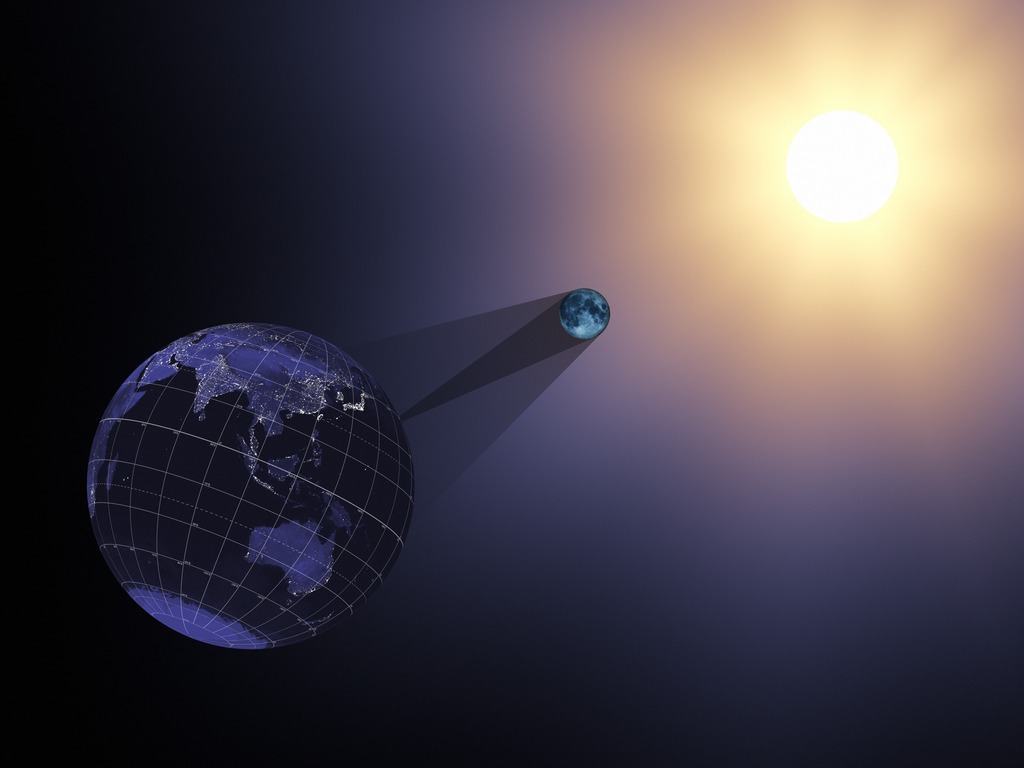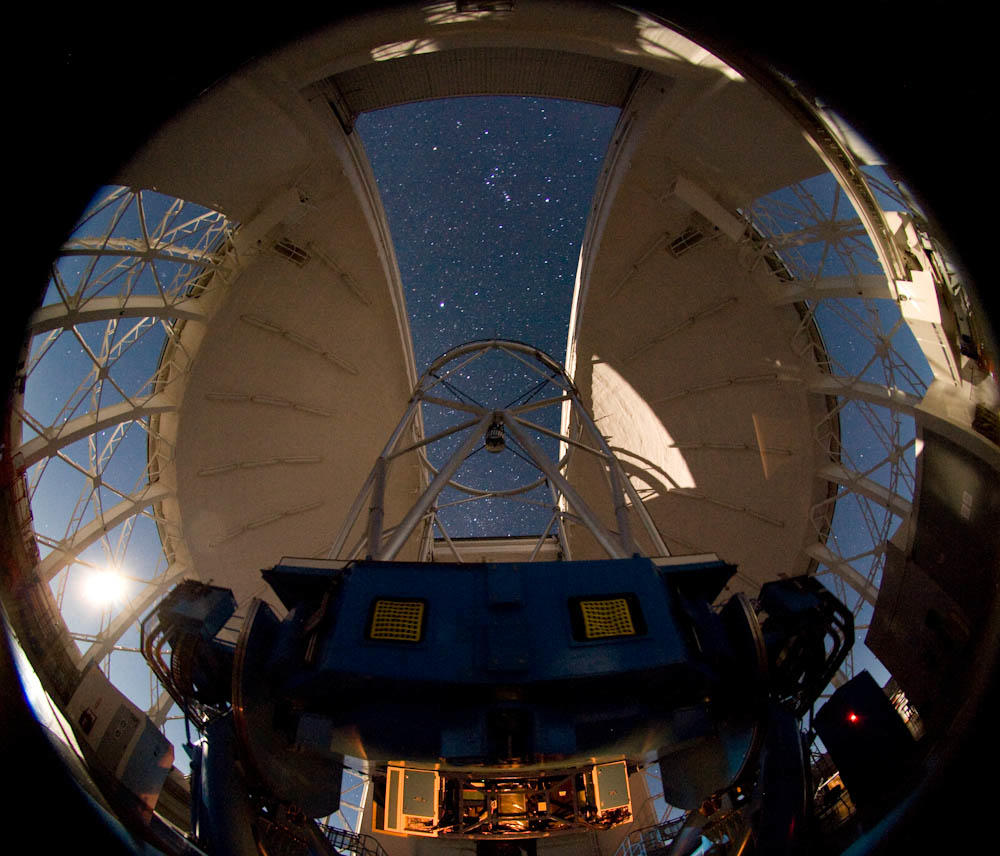By Kristen Mitchell
Summer’s last must-see event isn’t a star-studded movie or sold-out concert— it’s a different kind of once-in-a-lifetime show.
On Aug. 21 a total solar eclipse will stretch across the United States, casting a roughly 70-mile wide shadow from Oregon to South Carolina where viewers will be able to see a total solar eclipse in what is known as the “path of totality.”
The upcoming solar eclipse is the first time in 38 years a total eclipse has been visible in the continental United States. Alexander van der Horst, a Columbian College of Arts and Sciences researcher and astrophysics expert, spoke to GW Today about the solar eclipse and what it can tell scientists about the sun’s atmosphere.
Q: What causes a solar eclipse?
A: A solar eclipse occurs when the moon, while orbiting the Earth, is in between the sun and the Earth. The moon then blocks the light from the sun on its way to the Earth, casting a shadow on a small part of the Earth's surface. If you are exactly in that shadow, you see a solar eclipse, i.e., the moon right in front of the sun, blocking the sun's light.
Q: Why has there been so much hype surrounding the Aug. 21 solar eclipse?
A: Solar eclipses are relatively rare, and total eclipses occur roughly once every two years. Since the surface of the Earth is covered by water mostly, and a lot of the land on Earth is not densely populated, the occurrence of a solar eclipse in densely populated areas is very rare— and one going over the mainland United States is a once-in-a-lifetime event. This is why people are so excited about this eclipse, not just astronomers, but many people in the U.S., because it is a rare and great event to behold.
Q: What can scientists learn from a solar eclipse?
A: Astronomers are interested in solar eclipses, not just because of the beautiful sight, but to study the sun's atmosphere. The sun's surface is so bright that it is normally very hard to observe the sun's atmosphere, in particular, the so-called corona. This corona is very hot gas, moving away from the sun. With observations during a solar eclipse, astronomers can study the motion of material away from the surface of the sun, the solar wind and the physical processes at play in the sun's outer regions.
Q: Why is it important to wear special glasses during a solar eclipse?
A: You have to wear special solar eclipse glasses to see the moon slowly “eating away” the sun, all the way until totality, which is the moment that you can take off your glasses, because the moon is completely blocking the sun’s light. If you don't wear special glasses, you will be blinded, so this is very dangerous for your eyes. Sunglasses are definitely not dark enough, but you can find such special glasses everywhere, in stores or online.
Q: If you can’t travel to the path of totality, are there certain vantage points that are best to view the solar eclipse from?
A: It does not really matter where you view the solar eclipse from, as long as there are no clouds covering it. If you are staying in Washington, D.C., where the sun will be eclipsed for about 70 percent, you definitely need solar eclipse glasses, otherwise you won't be able to see anything. One thing you may want to do is go online and see if some scientific or other organizations have special events lined up for the eclipse. They may have some solar telescopes set up, to see the eclipse in great detail.



